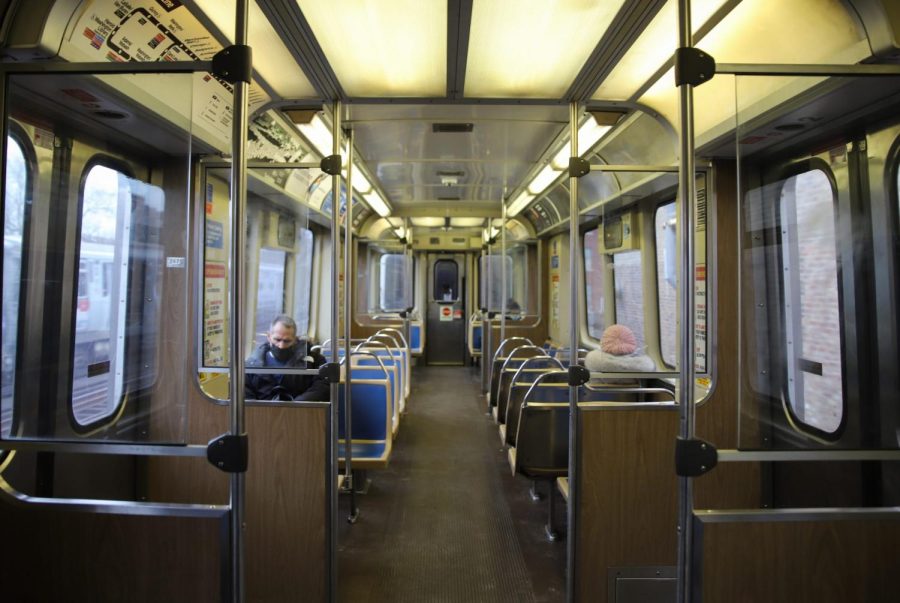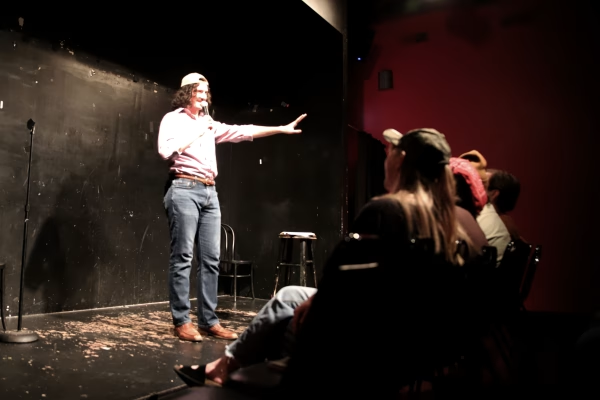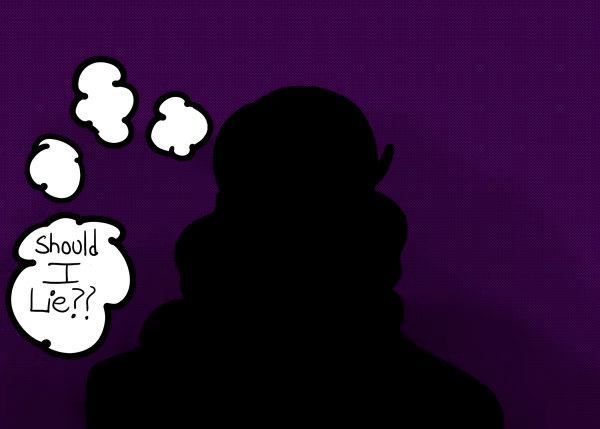Public transit and our reliance on cars
Passengers ride on Chicago’s Brown Line train
Whatever mode of transportation you use to make your way back to the city for the new quarter, we can all relate to the feeling of “I just want to get to my destination already.”
For Virginia-area commuters on Jan. 4, they knew this feeling all too well. According to forecasting by ABC 8 News in Richmond, “The eastern half of the Richmond metropolitan area could see at least an inch to three inches of snow Monday.” The first real snow storm of the year was predicted to produce a few inches on the 40-mile stretch of the I-95 highway between Richmond and D.C. Instead, nearly a foot shut down one of the East Coast’s vital highway routes for nearly a whole day.
When snow fell on Jan. 4, the dangerous conditions led to a pile-up on the highway. Jackknifed tractor-trailers, totalled cars and stranded motorists halted efforts to dig out the major artery on the East Coast. As Virginia Department of Transportation (VDOT) crews tried to reach stranded motorists, fuel tanks ran out of gas, and the available food and water was rationed among strangers.
According to professor Joseph Schwieterman of DePaul’s Department of Public Service, commuters should expect some standard of preparedness above that provided by the Virginia Department of Transportation.
“To me, a reasonable standard is ‘no motorist should be stuck in their vehicle for four [to] five hours without formal evacuation,’” Schweiterman said. “The human suffering that occurs for over 10 hours in cold conditions is tremendous. Fearing for the worst when they’re without water, sanitation and some assurance help is on the way.”
One of the worst traffic disasters in U.S. history begs the question of whether it could have been avoided.
One answer came in the form of a bill, submitted by State Sen. David Marsden. According to WAVY TV 10 News in Norfolk, the bill requires “trucks to stay in the right lane when it snows, forcing them to slow down and hopefully preventing blockages that can be caused by lane changes.” While this bill certainly helps alleviate truck-related traffic jams during dangerous weather events, it doesn’t go far enough to reduce the possibility of treacherous traffic jams in the future.
Schwieterman thinks frustration at the incident on Interstate 95 should instead be reframed as a fateful miscalculation of the infrastructure policy of the past.
“Our growing dependence on cars, at the expense of bus and rail travel, is creating new risks that would’ve been hard to imagine only a few decades ago,” he said.
Even as the income and popularity of cars rose in the past, no one could’ve forecasted either the weather conditions that lead to snowed-in motorists nor the sheer number of vehicles on the road today. The infrastructure of the ‘50s and ‘60s that we rely on for our day-to-day operations simply cannot sustain the demands of 2022 and beyond.
DePaul students in Chicago have the pleasure of using a weatherproof mode of public transportation, the CTA, at any point during the year. For many in the U.S., access to public transportation that can operate despite dangerous road conditions is a luxury they simply cannot afford.
According to Statista’s Global Consumer Survey, 86 percent of American commuters take a car to and from their various affairs. Meanwhile, in countries like Germany, 19 percent of commuters use a bicycle and 28 percent use other modes of transportation. Germany has invested in its public transportation infrastructure, and it has paid off with increased usage.
According to a new report by the United States Census Bureau published in April 2021, “70% of the nation’s public transportation commuters live in one of the seven largest metropolitan areas.” Additionally, across the United States, only “about 5% of all U.S. workers in 2019 commuted by public transportation.”
Relying totally on a car even in conditions that encourage motorists to stay at home along with the lack of durable and comprehensive public transportation brews a dangerous cocktail that can only be alleviated by a passenger rail system that takes motorists off the roads and gets them where they need to go on time.
Public transportation advocates hope that funds from the Build Back Better Act, coupled with state-sourced funding for more public transit, will realize that goal.
According to reporting by the Washington Post, the Build Back Better Act and the infrastructure bill together gives Amtrak a record $66 billion in funding. This funding will go towards a variety of projects: “Passengers could see new trains, newly refurbished train interiors, improved stations and platforms, and more frequent service, as well as better connections and new routes.”
Despite the capacity to move more people more efficiently than any amount of highway lanes and car sizes, passenger and commuter rails are hindered by current pandemic fears.
“It’s a bittersweet time for passenger rail,” Schwieterman said. “The bipartisan infrastructure deal will provide new money for new Amtrak routes, which is exciting. However, as people grow more accustomed to life during a pandemic, many are reluctant to go back to life using rail transit.”
Misael Alejandre is a senior at DePaul, who commuted from Cicero for classes every day in his first year. He’s always preferred public transportation, but acknowledges it doesn’t work for everyone.
“I would take the Pink Line every day to Clark & Lake, then that to Fullerton,” Alejandre said. “It’s cheaper than the cost of a car like gas, insurance, the actual car cost and whatnot. If I were living in the suburbs, obviously, the train and bus system wouldn’t be an option for grocery shopping, going out and everything people do in a day.”
The situation for motorists is dire. As climate change creates more and more dangerous storms that beat at our worn-down infrastructure, making a 40-mile commute will become more and more troublesome, to say the least. While the U.S. is certainly oriented around having and using a car, it doesn’t have to be this way. Many other public transit systems in Europe and Asia service millions of people. Taking a closer look at our unfortunate reality and perilous future might be worthwhile.







